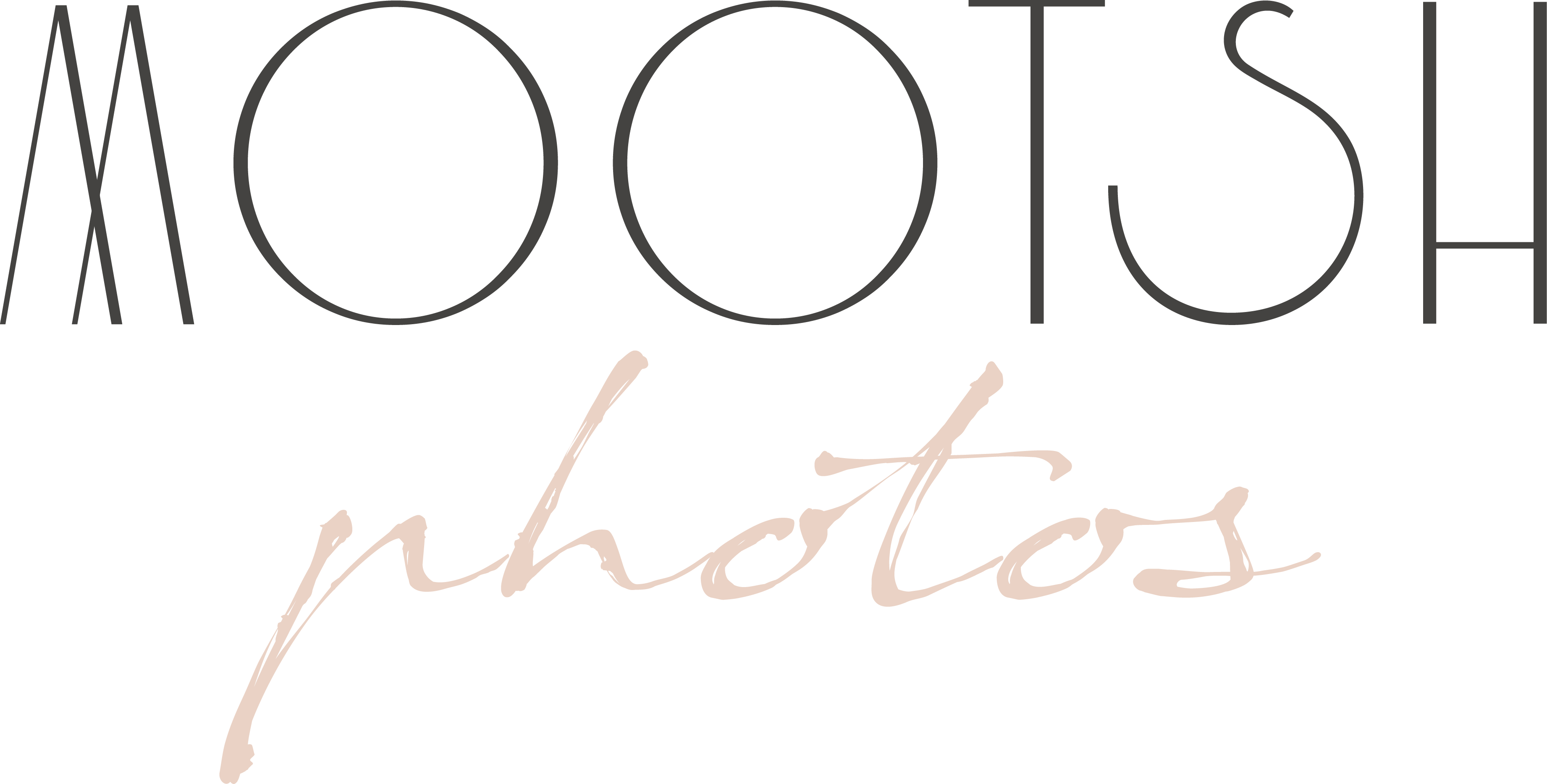
The moments we end up treasuring most are rarely the ones we staged.
They spill over—across messy kitchen counters, chaotic birthday parties, half-eaten snacks, and the hum of a home that’s being lived in fully.
That’s why today we’re celebrating maximalist photography: an approach that doesn’t try to tame the noise, the movement, or the clutter. It invites it all in.
Maximalist photography says: Don’t crop out the chaos. Let it tell the story.
To explore this idea more deeply, we spoke with Mootsh community member and photographer Laura Beth Davidson—someone who beautifully embraces the richness of real life in her work.
Through our conversation, it became clear: maximalism isn’t just an aesthetic. It’s a philosophy of seeing.
Finding the Story Inside the Frame
Laura Beth doesn’t take a photo just because it’s pretty. For her, it always comes back to the story.

A former English literature major and lifelong reader, she sees moments the way a writer sees characters or plot twists.
“When I’m deciding if a moment is worth photographing, I think about what it is I’m trying to say,” she told us. “Is it about the person, the action, the place?”
Sometimes it’s a small gesture.
Sometimes it’s a coincidence—two things happening at once, colliding in an unexpected, perfect way.
Whatever it is, she’s looking for something real. Something that makes you feel.
The Magic in the Everyday

Ask Laura Beth what she loves to photograph again and again, and you might be surprised by the answer: the kitchen sink.
“I have a whole series of photos of the kitchen sink. From my own home, from client sessions…There’s so much story that can come from inside those four walls—dirty dishes, art supplies, fruits and vegetables. It’s different for every family, but somehow, it’s all the same too. Part of life. Part of what we share.”
It’s a perfect example of maximalism in practice: not waiting for the perfect backdrop, but seeing beauty exactly where you are.
What Maximalism Really Means
When we asked Laura Beth if the phrase “maximalist photography” resonated, she didn’t hesitate.
“I love the idea of describing family documentary photography as maximalist,” she said. “Because I truly believe it should include everything.”

Boldness, abundance, excess.
Real life with kids fits that description perfectly, doesn’t it?
And yet so often, family photography is squeezed into a box—matching outfits, perfect light, everyone smiling.
Laura Beth’s work reminds us there’s so much more life inside the walls of a home than any curated photo could ever show, and every bit of it is worth documenting.
Beauty, Not Just Prettiness
For Laura Beth, photography isn’t about chasing “pretty.” It’s about finding something much deeper—something real.
“I absolutely look for the beauty of everyday life, and that is often found in stuff that is not inherently ‘pretty.'”

She knows this firsthand.
When her daughter was diagnosed with cancer, Laura Beth kept documenting everything—the hard days, the small victories, the everyday moments that might have otherwise gone unnoticed.
None of it was picture-perfect. But beauty was still there, woven into the truth of it all.
And maybe that’s what maximalist photography teaches us most: that beauty isn’t something we have to stage or create.
It’s already there — in the mess and the noise and the living.
A Legacy of Being Seen
When Laura Beth thinks about why she documents her family’s life, it comes down to one hope: That her children will feel seen.
“When my kids look back at the way I’ve documented their lives, what I want them to feel more than anything is that they were seen for exactly who they are. I want them to be taken right back to the moment in time that each photo was captured.”
She shared, too, that she used to worry she wasn’t in enough photos herself. (And as she reminds us, moms can never be in too many.)
But over time, she realized something important.
“I heard someone say once that they felt like they were the invisible subject of every photo they took. And that really stuck with me. I want my kids to feel my presence in the work I’m making of them and for them—to feel how much I love them for who they are authentically.”

In a way, that’s what all of us are doing when we pick up a camera, too.
We’re trying to bottle it up—the noise, the mess, the abundance.
To say: This was real. This was ours. This mattered.
That’s what maximalist photography gives us.
It helps us remember it all.
Not just the pretty parts—but the true ones.
